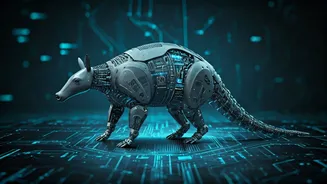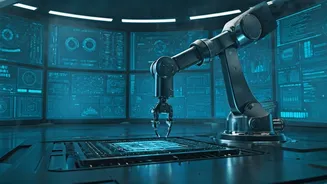Introducing Aardvark
OpenAI has unveiled its new AI agent, Aardvark, specifically developed to locate and correct vulnerabilities in software. This AI marks a step forward
in automated security, allowing for a more proactive approach to software protection. Aardvark can analyze code, spot potential weaknesses, and propose fixes, thereby automating what would be a time-consuming manual process. The development of Aardvark signals a move towards AI-driven security solutions. This is aimed at improving how software vulnerabilities are managed and addressed. It enhances the reliability and security of digital systems.
How Aardvark Works
Aardvark utilizes advanced algorithms and machine learning techniques to examine software code. It thoroughly analyzes the code to identify possible vulnerabilities. The AI agent can then propose solutions. It automatically implements changes to eliminate these weaknesses. This process allows for quicker detection and resolution of security issues than traditional methods. Its ability to find and fix bugs allows for improved security and reduces the risk of exploitation by malicious actors. The introduction of such AI-driven tools suggests a future where software security is more dynamic and less reactive.
Impact on Security
The emergence of Aardvark has important implications for software security. It represents the potential for AI to transform how organizations and individuals protect their digital assets. By automating vulnerability detection and remediation, Aardvark reduces the time and effort needed to secure software. This can lead to a considerable improvement in overall security posture. With quicker responses to threats, systems become less vulnerable. AI-driven security measures, such as Aardvark, offer considerable benefits for individuals and organizations focused on boosting their security resilience in the digital world.
The Future of AI
The development of Aardvark indicates a wider trend: artificial intelligence is increasingly used to improve security solutions. As AI continues to evolve, its application in cybersecurity will likely become more prevalent. This ongoing progress could allow for the development of even more sophisticated tools. These tools will be capable of anticipating and combating advanced cyber threats. Aardvark serves as an example of AI’s potential in this domain. This suggests a future where AI and cybersecurity work more closely, strengthening the digital landscape against emerging threats. Continuous improvements can lead to stronger, more reliable, and safer digital environments.















